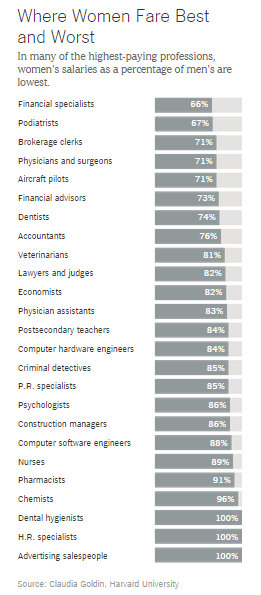(p. D8) Michael C. Janeway, a former editor of The Boston Globe and executive editor of The Atlantic Monthly who wrote two books chronicling what he saw as the intertwined decline of democracy and journalism in the United States, died on Thursday [April 17, 2014] at his home in Lakeville, Conn.
. . .
The second book, “The Fall of the House of Roosevelt: Brokers of Ideas and Power From FDR to LBJ,” published in 2004, measured some of the ideas in his first book against the history of the New Deal. It focused on President Franklin D. Roosevelt’s inner circle of advisers, a group of political operatives and thinkers often called Roosevelt’s “brain trust,” who helped conceive ideas like the minimum wage, Social Security and federal bank deposit insurance.
Mr. Janeway’s father, Eliot Janeway, an economist, Democratic hand and columnist for Time magazine (a portfolio not unheard-of in those days), was a prominent member of that group.
Michael Janeway suggested that in undertaking the radical changes necessary to yank the “shattered American capitalist system into regulation and reform,” Roosevelt and his team manipulated the political process with a level of ruthlessness that may have been justified by the perils of the times. But in the years that followed, he wrote, the habit of guile and highhandedness devolved into the kind of arrogance that defined — and doomed — the presidency of Lyndon B. Johnson, Roosevelt’s last political heir.
For the full obituary, see:
PAUL VITELLO. “Michael Janeway, 73, Former Editor of The Boston Globe.” The New York Times (Sat., APRIL 19, 2014): D8.
(Note: ellipsis, and bracketed date, added.)
(Note: the online version of the obituary has title “Michael Janeway, Former Editor of The Boston Globe, Dies at 73.”)
The book mentioned in the passage quoted above is:
Janeway, Michael. The Fall of the House of Roosevelt: Brokers of Ideas and Power from FDR to LBJ, Columbia Studies in Contemporary American History. New York: Columbia University Press, 2004.

